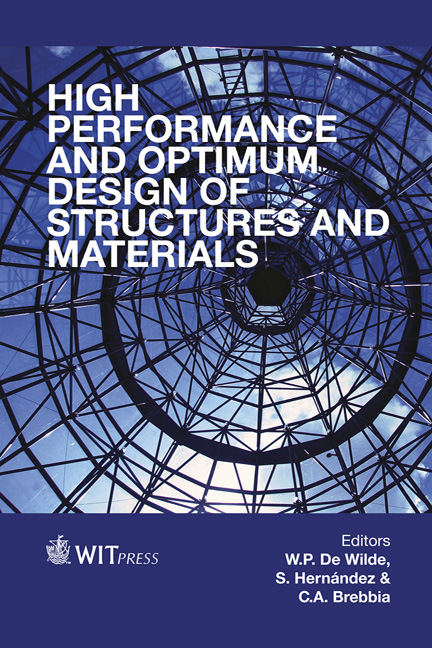Effect Of Electric Discharge Machining Of Die Steel DIN 1.2714 And DIN 1.2343 On Surface Characteristics And Performance Measures
Price
Free (open access)
Transaction
Volume
137
Pages
13
Page Range
565 - 577
Published
2014
Size
1,072 kb
Paper DOI
10.2495/HPSM140521
Copyright
WIT Press
Author(s)
M. A. Majid & A. M. Issa
Abstract
Electrical Discharge Machining (EDM) is progressively becoming a vital tool in modern industry. Its performance, success and outcome depend upon the selection of suitable electrical and non-electrical parameters. In the present research EDM was applied to die steels DIN 1.2714 and powder mixed electrical discharge machining (PMEDM) was applied to die steels DIN 1.2714 and DIN 1.2343. Regarding surface characteristics, surface roughness is found to increase with current increase and white layer thickness (WLT) increased too. Similarly, the effect of increasing pulse duration on surface roughness and white layer thickness is found to be comparable. As for performance measures, steel DIN 1.2714 results have indicated reduced ratio of Metal Removal Rate (MRR) to Electrode Wear Rate (EWR) from about 60 to 8.5 upon current increase. On the other hand, the ratio (MRR/EWR) exhibited significant increase upon increasing pulse duration, attributed mainly to reduced EWR. Results due to EDM using graphite powder in dielectric kerosene, showed reduced electrode consumption. Results to steel DIN 1.2714 indicated a noticeable increase of the ratio (MRR/EWR) at high pulse duration upon increasing powder concentration from 0 to 5.5 (g/l). Statistical analyses showed a significant effect of pulse duration, powder concentration and their interaction on the ratio (MRR/EWR). Keywords: electric discharge machining, surface roughness, white layer thickness, metal remove rate, electrode wear rate, current and pulse duration.
Keywords
electric discharge machining, surface roughness, white layer thickness, metal remove rate, electrode wear rate, current and pulse duration.





